Students use their knowledge of cartesian coordinates and linear equations to pop bubbles with a laser. The bubbles have integer values which the student sums to score points.
Learning objects
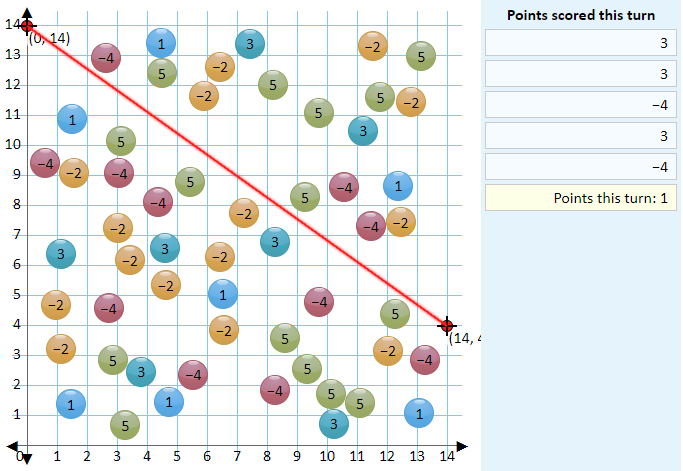 | The student is given a starting point for a 'laser' and is asked to enter coordinates for a finishing point. The goal is to choose a point that means the laser pops as many positive bubbles and as few negative bubbles as possible. Only the positive quadrant of the coordinate plane is used. |
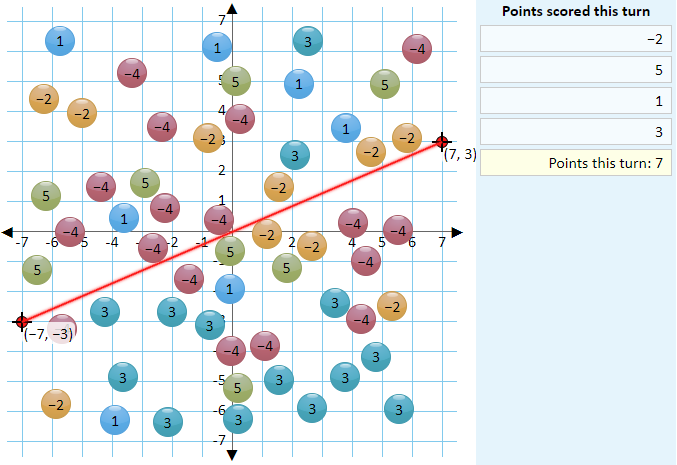 | The student is given a starting point for a 'laser' and is asked to enter coordinates for a finishing point. The goal is to choose a point that means the laser pops as many positive bubbles and as few negative bubbles as possible. All quadrants of the coordinate plane are used. |
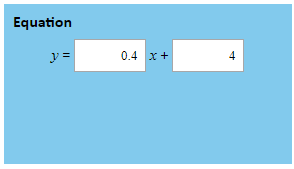 | The student is asked to enter values for m and c to define a linear equation of the form y=mx+c. The corresponding line is a laser which pops bubbles with integer values. The goal is to choose a point that means the laser pops as many positive bubbles and as few negative bubbles as possible. Only the positive quadrant of the coordinate plane is used. |
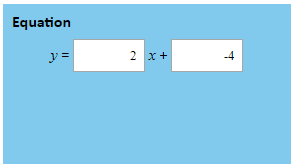 | The student is asked to enter values for m and c to define a linear equation of the form y=mx+c. The corresponding line is a laser which pops bubbles with integer values. The goal is to choose a point that means the laser pops as many positive bubbles and as few negative bubbles as possible. All quadrants of the coordinate plane are used. |
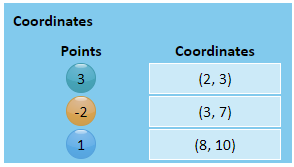 | The student is given the equation for a line representing a 'laser'. They are asked to provide coordinates for the locations of three bubbles with integer values. The goal is to choose a coordinates that means the laser pops positive bubbles misses negative bubbles. Only the positive quadrant of the coordinate plane is used. |
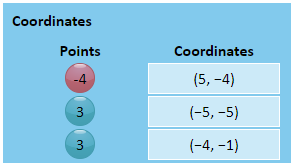 | The student is given the equation for a line representing a 'laser'. They are asked to provide coordinates for the locations of three bubbles with integer values. The goal is to choose a coordinates that means the laser pops positive bubbles misses negative bubbles. All quadrants of the coordinate plane are used. |